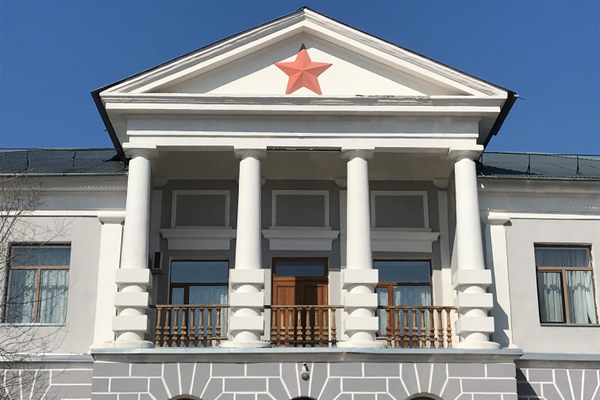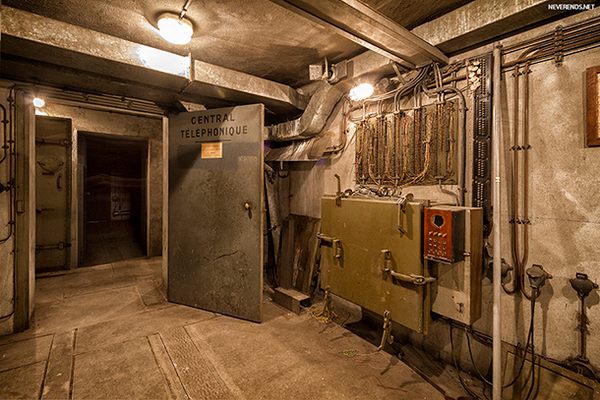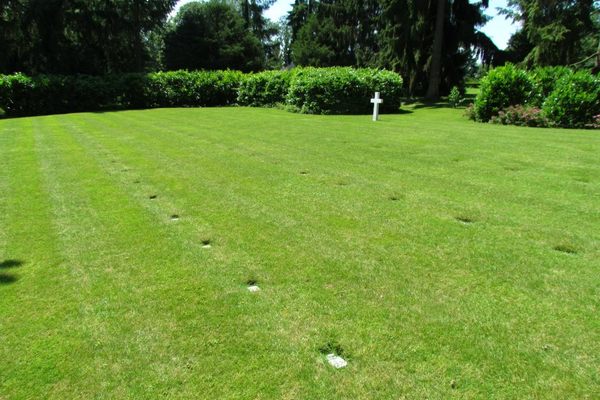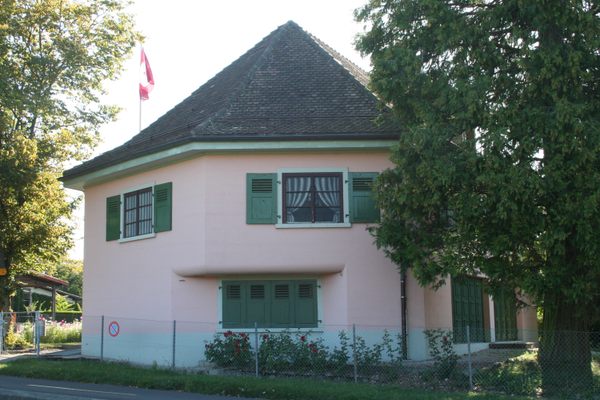About
A nondescript house close to the center of the Estonian city of Tartu once held a dark secret in its basement.
Between 1940 and 1954, during the first Soviet occupation of the country, the KGB operated against the Estonian people right in their own backyard. Citizens suspected (or simply conveniently accused of) political subversiveness would be disappeared to Siberian gulags, but not before passing through Tartu's "Grey House." While the upper floors of the bleak edifice were used as office for the secret police, the cellar of the house was used as a clandestine holding dungeon. The exterior appearance of the house was kept deliberately ordinary as not to create any suspicion. From the front, the building gave no indication of its sinister purpose, but the backside of the house had cellar windows protected with metal bars. Summary executions would also take place at the Grey House, ensuring that some poor Estonians did not even get the chance to suffer through the Soviet gulag system.
There were 13 prison cells and three smaller solitary rooms where unfortunate political prisoners would be interrogated and judged.
The Grey House was returned to its original owners in 1991, and the basement cells were opened as a museum and memorial in 2001. Today, the rooms have been restored to the original conditions under which detainees suffered. Some cells display exposition regarding the Estonian resistance to the Soviet regime, giving information about the deportations and prison camps, as well as the secret societies and so-called "forest brothers" who acted against the Soviet power.
Thousands of doomed Estonians passed through these cells, but today they are a powerful reminder of the brave men and women that fought to take back their country.
Related Tags
Community Contributors
Added By
Published
April 10, 2015


































